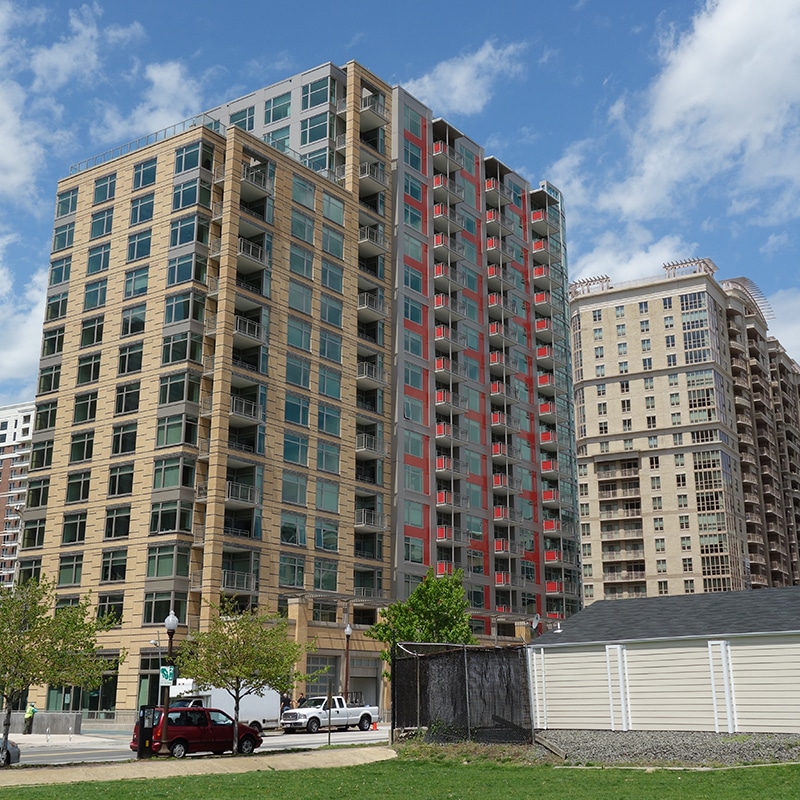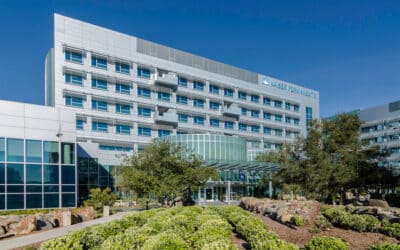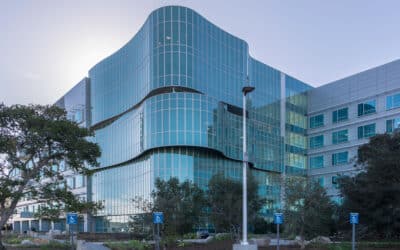
The conversation around fire safety in commercial and industrial construction continues to intensify. New building projects face a maze of codes and compliance hurdles, particularly as fire events highlight the devastating cost of inadequate protection. Designers, architects, and builders are tasked with a difficult challenge—not only must they meet rigorous code requirements, but they must do so without sacrificing architectural vision or project timelines.
This challenge is where Americlad stands out. As a leading manufacturer of fire-resistant building materials for almost three decades, Americlad delivers advanced solutions designed to meet or exceed today’s strictest codes. This blog explores the key elements of safer buildings using fire-resistant building materials, including the science behind non-combustible cladding, the role of NFPA-285, and how Americlad’s engineered products allow for both compliance and design creativity.
Understanding Fire-Resistant Building Materials
Fire-resistant building materials form the first line of defense in the event of a fire. These products are engineered to resist ignition, contain fire, and prevent its spread throughout wall systems. They undergo rigorous testing and certification to meet industry and code standards, including scenarios where direct exposure to flames and elevated temperatures is simulated. Ratings such as “non-combustible” or “fire-resistive” indicate the material’s response under these demanding conditions.
Their primary importance lies in how they contribute to safer buildings. Today’s building envelopes are complex systems incorporating exterior cladding, insulation, air barriers, and structural elements. Without proper material selection, a wall assembly could inadvertently become a conduit for fire to travel from floor to floor or between interior spaces. That’s why architects and specifiers must select fire-resistant options not just for compliance, but as an integral part of risk mitigation and life safety strategies.
The Role of NFPA-285 in Wall Assembly Design
Among the most influential standards shaping exterior wall design is NFPA-285. Developed by the National Fire Protection Association, NFPA-285 is a standard fire test method evaluating the performance of exterior wall assemblies that include combustible components. Its core function is to assess how well a wall system prevents vertical and lateral fire spread beyond the immediate area of ignition.
Compliance with NFPA-285 isn’t optional. Under the International Building Code (IBC), it’s mandatory for Type I, II, III, and IV buildings with exterior walls over 40 feet that use combustible cladding or water-resistive barriers. This requirement has a direct impact on how professionals select every component within the wall system.
How NFPA-285 influences design choices:
- Demands exterior cladding (metal panel, composite, etc.) with proven fire performance
- Restricts insulation types and locations without appropriate test data
- Requires non-combustible or adequately protected WRBs
- Encourages coordination of all wall assembly elements to ensure overall compliance
- Requires thorough documentation and proof of compliance for inspections and approvals
Each decision ties into the overarching mandate to create safer buildings without escalating costs or design complexity.
Non-Combustible Plate vs. Composite Panels
The choice between non-combustible plate materials (like solid aluminum or metal) and composite panels often defines both the protection level and visual statement of a building. Americlad offers both, engineered to meet fire code requirements and design intent.
Non-Combustible Plate Panels
- Made from solid, homogenous metal (usually aluminum or stainless steel)
- Naturally resistant to ignition and flame spread
- High durability and long-term color retention
- Often required where the highest standards of fire resistance are specified
- Preferred in high-rise, high-occupancy, or critical infrastructure projects
Composite Panels
- Constructed with multiple layers (metal skins with a core material)
- May incorporate fire-resistant cores for added safety
- Enable lighter weight, flexibility, and a broader range of surface finishes
- Highly versatile for custom geometry and aesthetic options
When engineered together as part of a tested assembly, both plate and composite panels from Americlad’s product line and metal wall panel systems can contribute to NFPA-285 compliant solutions.
Americlad’s Solutions for Fire Mitigation
Americlad’s metal wall panel systems are purpose-built for the safety and creativity modern buildings demand. Across their wide portfolio, every system is available in a range of metals, finishes, and fire-rated configurations to enable custom, code-compliant solutions.
- System versatility: Plate and composite systems suit diverse project demands
- Comprehensive testing: Products undergo fire and performance validation to ensure assembly compliance
- Architectural finishes: Choose from a vast array of surfaces and finishes to realize any design vision
- Custom engineering: Americlad’s team collaborates on one-of-a-kind solutions that marry safety and aesthetics
By combining tested materials with expert fabrication, Americlad creates wall systems that excel in fire resistance, durability, and design adaptability.
Build Safer Buildings
The right fire-resistant building materials underpin every code-compliant and safe wall system. As building heights increase and design trends evolve, solutions like Americlad’s non-combustible plate and composite panels make it possible to meet strict NFPA-285 requirements without compromise.
Professionals looking to balance fire performance, architectural flair, and long-term value have a partner in Americlad. Connect with Americlad’s experts to discuss your next project, request a quote, or explore custom-engineered fire-mitigating solutions.




